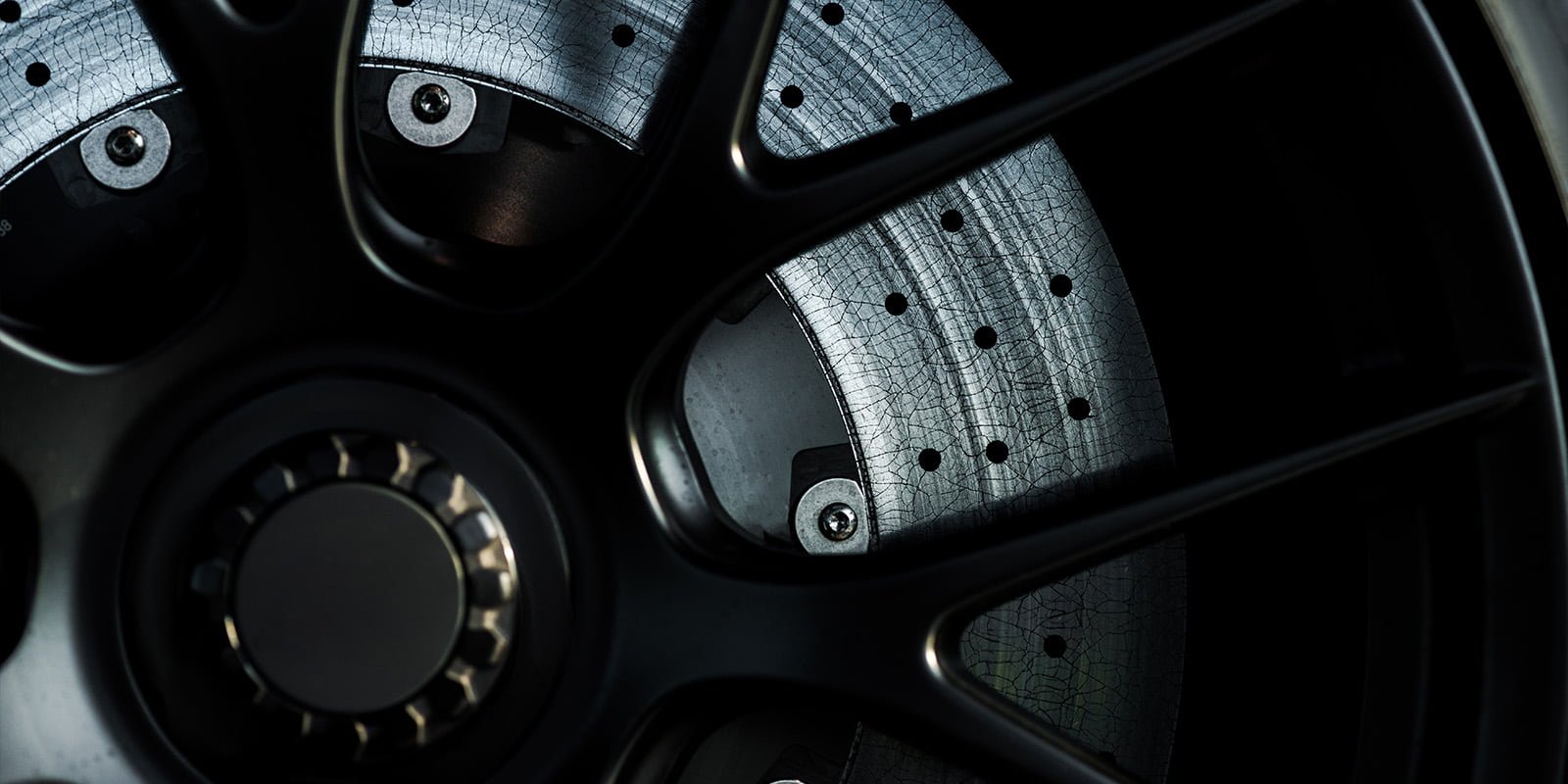
Understanding Brake Fluids
Understanding the necessity of changing brake fluid is crucial for maintaining your vehicle’s peak performance, a core principle at Maxmo. Just like any other fluid in your vehicle, brake fluid is prone to contamination, which can significantly hinder the effectiveness of your braking system.
Different types of contamination
At Maxmo we recognize that brake fluid is uniquely designed to absorb moisture, a critical function to prevent internal corrosion. However, this attribute has its downsides. As brake fluid absorbs moisture over time, its performance degrades. The intense heat from regular braking can cause this moisture to vaporize, leading to a compressible fluid state and a discernible spongy feeling in the brake pedal. In contrast, silicone-based fluids absorb moisture to a certain point, beyond which water can accumulate in the system, potentially causing corrosion.
Air contamination within the braking system is a common issue, often resulting from improper bleeding of the system. Over time, as brake components wear, especially the seals, air can infiltrate the system. This type of contamination is particularly challenging to eliminate using traditional bleeding methods. At Maxmo, we recommend more advanced techniques such as vacuum and pressure systems for a more effective removal of air from the brake system. Temperature and Foreign Material Contamination: High temperatures from braking can ‘cook’ the brake fluid, especially when combined with other contaminants like air and moisture. This can result in reduced brake system performance. Additionally, foreign materials can enter the system, further degrading the brake fluid. Regular maintenance and fluid change are essential for preventing these issues.


Brake fluids Classifications & their base oils
In the world of automotive understanding the classifications and standards of brake fluids is adviced to ensuring optimal vehicle performance and safety. The U.S. Department of Transportation categorizes brake fluids into four primary types: DOT 3, DOT 4, DOT 5, and DOT 5.1, each distinguished by their unique properties and applications.
Hygroscopic Nature of Brake Fluids: Most brake fluids – specifically DOT 3, DOT 4, and DOT 5.1 – are hygroscopic, meaning they absorb moisture from the air. This characteristic plays a critical role in maintaining the effectiveness of the brake system but also necessitates regular maintenance to ensure safety and performance. On the other hand, DOT 5 fluids, which are silicone-based and non-hygroscopic, are typically used in vehicles like collector cars or military vehicles that are not used regularly. The chemical composition of these fluids varies across classifications. DOT 3 fluids are primarily glycol ether-based, offering reliable performance for standard vehicles. DOT 4 fluids blend glycol ether with borate ester, providing enhanced boiling points suitable for more demanding driving conditions. DOT 5.1 fluids, similar to DOT 4, use a mix of borate ester and glycol ether, while DOT 5 fluids stand apart with their silicone base.
Advice: How to select your brake fluids
While it’s true that a DOT 3 fluid may sometimes outperform a DOT 4 in boiling point, it’s crucial to recognize that each vehicle system is engineered to function optimally with a certain fluid’s chemical makeup. Deviating from the recommended fluid type could lead to unpredictable results and potentially compromise the integrity and performance of your braking system. Mixing different classifications of brake fluid, especially DOT 5 with others, is not advisable. Such actions can lead to a reduction in the overall effectiveness of your braking system. If you are contemplating a switch in brake fluid types, it is imperative to conduct a comprehensive system flush to ensure the purity and compatibility of the new fluid. For the majority of drivers, the nuances in brake fluid performance are subtle. The key to reliable braking lies in routine maintenance—properly bleeding your system, ensuring all components are sealed correctly, and avoiding the use of fluids that have been exposed to air and humidity for extended periods. Brake fluids are hygroscopic and can absorb moisture from their surroundings, which is why we at Dyade recommend replacing your brake fluid every one to two years. By following these guidelines, you can look forward to a continued legacy of secure and responsive braking performance. Contact us today to learn more!

